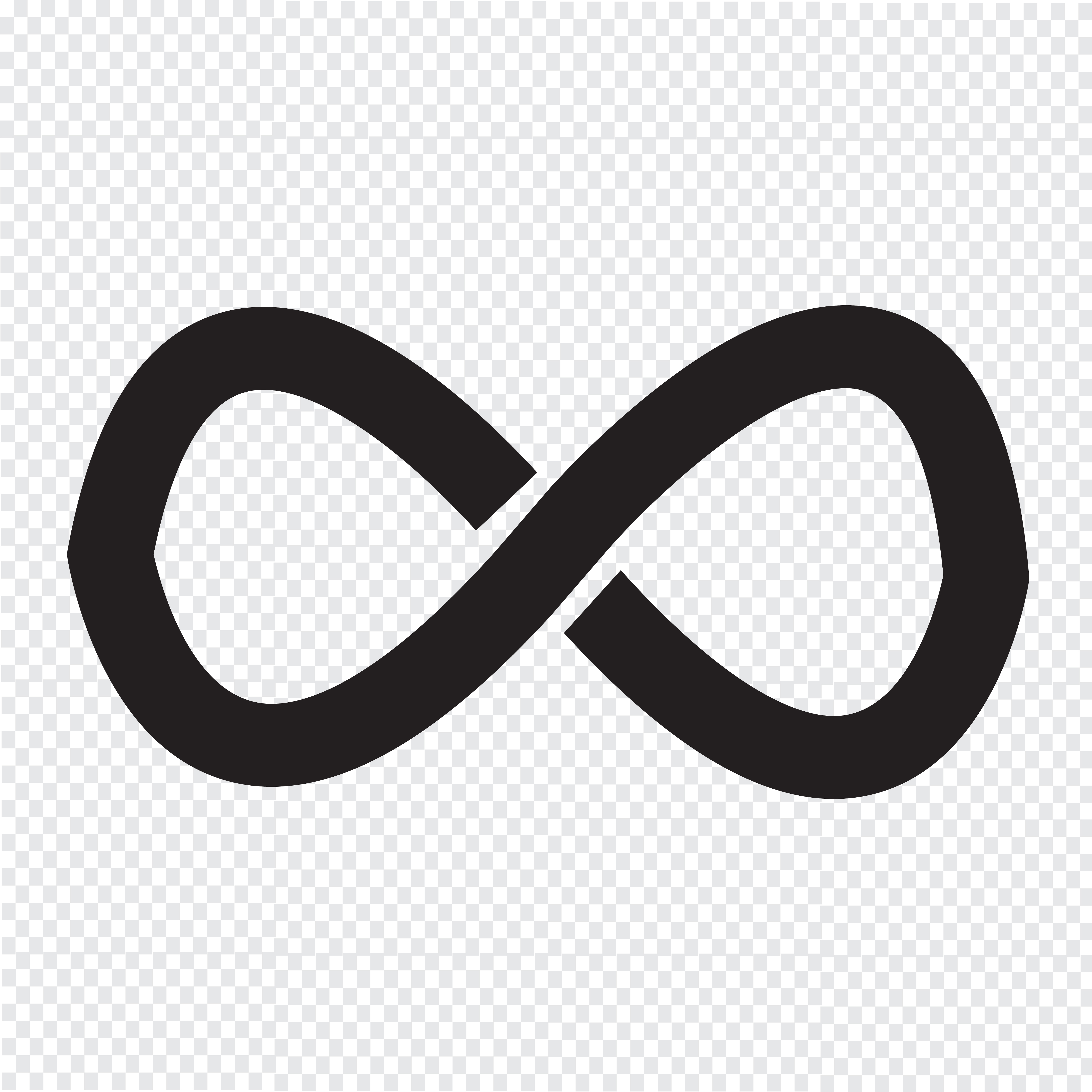

The issue of infinitely small numbers led to the discovery of calculus in the late 1600s by the English mathematician Isaac Newton and the German mathematician Gottfried Wilhelm Leibniz. 285–212/211 bce) developed a technique, later known as the method of exhaustion, whereby an area was calculated by halving the measuring unit at successive stages until the remaining area was below some fixed value (the remaining region having been “exhausted”). To avoid the use of actual infinity, Eudoxus of Cnidus (c. Aristotle influenced subsequent thought for more than a millennium with his rejection of “actual” infinity (spatial, temporal, or numerical), which he distinguished from the “potential” infinity of being able to count without end. In the case of a square with sides of length 1, the diagonal is Square root of √ 2, written as 1.414213562…, where the ellipsis (…) indicates an endless sequence of digits with no pattern.īoth Plato (428/427–348/347 bce) and Aristotle (384–322 bce) shared the general Greek abhorrence of the notion of infinity. In modern mathematics this discovery is expressed by saying that the ratio is irrational and that it is the limit of an endless, nonrepeating decimal series. 580–500 bce) and his followers initially believed that any aspect of the world could be expressed by an arrangement involving just the whole numbers (0, 1, 2, 3,…), but they were surprised to discover that the diagonal and the side of a square are incommensurable-that is, their lengths cannot both be expressed as whole-number multiples of any shared unit (or measuring stick). One of the earliest appearances of infinity in mathematics regards the ratio between the diagonal and the side of a square. The ancient Greeks expressed infinity by the word apeiron, which had connotations of being unbounded, indefinite, undefined, and formless. In a metaphysical discussion of God or the Absolute, there are questions of whether an ultimate entity must be infinite and whether lesser things could be infinite as well. Spatial and temporal concepts of infinity occur in physics when one asks if there are infinitely many stars or if the universe will last forever. Mathematical infinities occur, for instance, as the number of points on a continuous line or as the size of the endless sequence of counting numbers: 1, 2, 3,…. Three main types of infinity may be distinguished: the mathematical, the physical, and the metaphysical. The common symbol for infinity, ∞, was invented by the English mathematician John Wallis in 1655. Infinity, the concept of something that is unlimited, endless, without bound. SpaceNext50 Britannica presents SpaceNext50, From the race to the Moon to space stewardship, we explore a wide range of subjects that feed our curiosity about space!.Learn about the major environmental problems facing our planet and what can be done about them! Saving Earth Britannica Presents Earth’s To-Do List for the 21st Century.100 Women Britannica celebrates the centennial of the Nineteenth Amendment, highlighting suffragists and history-making politicians.

INFINITY SYMBOL HOW TO
COVID-19 Portal While this global health crisis continues to evolve, it can be useful to look to past pandemics to better understand how to respond today.Student Portal Britannica is the ultimate student resource for key school subjects like history, government, literature, and more.This Time in History In these videos, find out what happened this month (or any month!) in history.#WTFact Videos In #WTFact Britannica shares some of the most bizarre facts we can find.Demystified Videos In Demystified, Britannica has all the answers to your burning questions.Britannica Classics Check out these retro videos from Encyclopedia Britannica’s archives.Britannica Explains In these videos, Britannica explains a variety of topics and answers frequently asked questions.


 0 kommentar(er)
0 kommentar(er)
